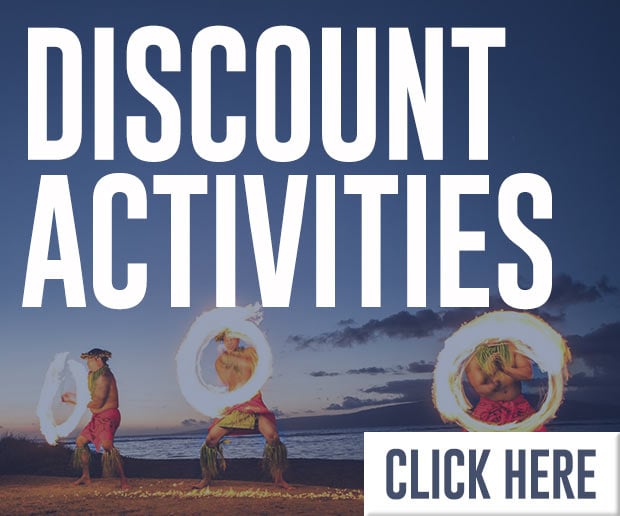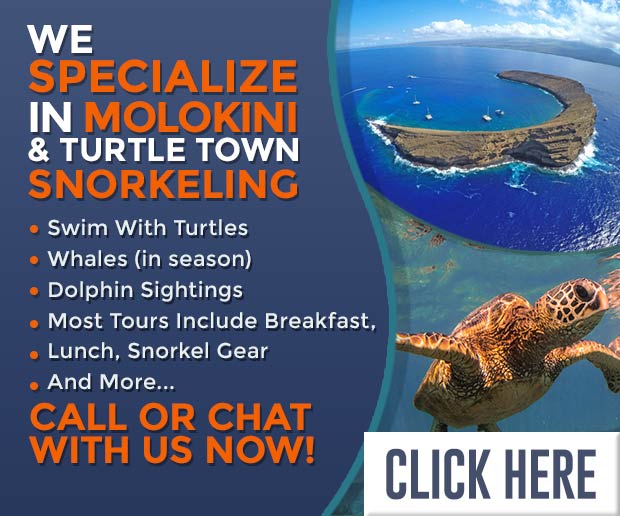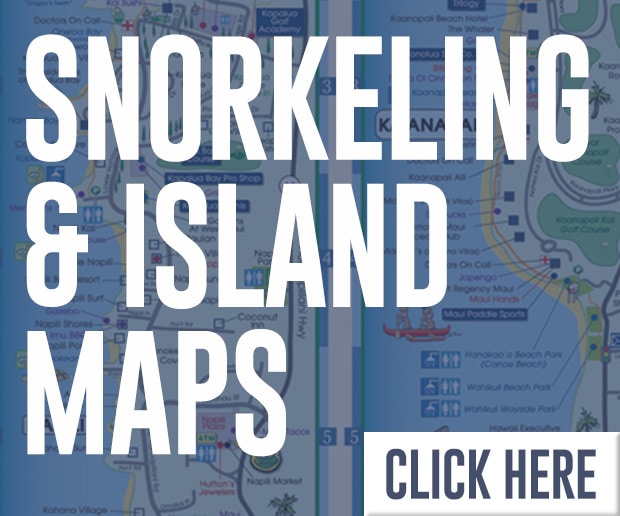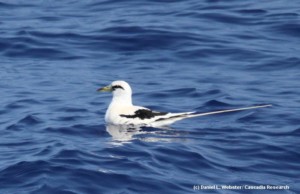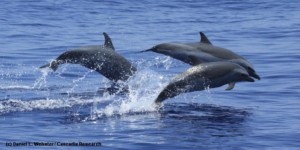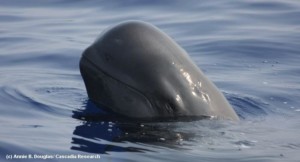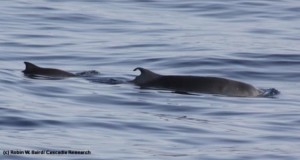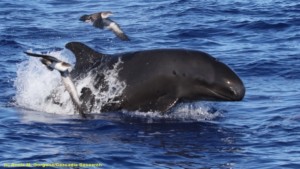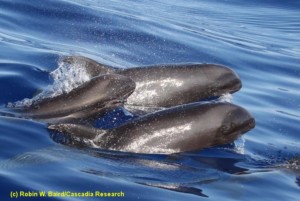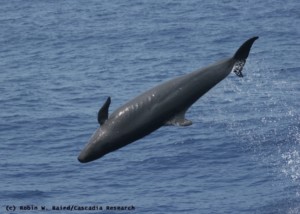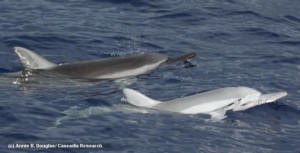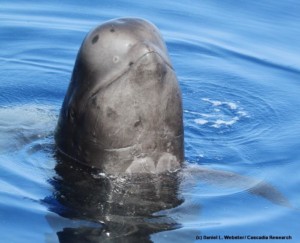
Researching Whales and Dolphins
Aloha, fellow ocean travelers! Those of us who spend time in the Islands have heard about the famous “Hawaiian” spinner dolphins and migratory humpback whales, but did you know there are 23 other types of whales and dolphins that live here or pass through? I learned about them recently, on an adventure in the middle of the Pacific! Marine mammal scientist Dr. Robin Baird and his team took me with them as they searched for awesome animals off the Kona coast!
[youtube https://www.youtube.com/watch?v=quU9R_6d51M?rel=0]Robin has been doing research in Hawaii for the last 18 years. He spends much of his energy tracking and studying false killer whales – otherwise known as Pseudorca. It’s all good if you haven’t heard of that species just yet. As Robin continues to get the word out, you’ll be aware of their incredible presence before too long!
In 2015, I worked in public relations for Hawaii Ocean Project, a Maui ocean activity company that donates to research groups who are studying marine mammals around the state. In 2014, HOP gave $30,000 to five non-profits in 2014 alone. One of those five is Robin’s Cascadia Research Collective.
Robin sent me an e-mail in March 2015 saying that he and his team were going to be in Kona the following month for a 13-day research trip. Would I like to join them for a day or two?
Would I? I thought for a microsecond, and replied with a resounding “YES, PLEASE!” – resisting mightily the temptation to add an “excited face” emoticon, or a photo of a dog wagging its tail.
- White-tailed tropicbird
- Spotted dolphins porpoising
- Short-finned pilot whale spyhopping
- Dwarf sperm whale mother and calf
- Deploying an electrocardiogram tag on a short-finned pilot whale
- False killer whale and wedge-tailed shearwaters
The Research Reasons
Robin sent back a document explaining Cascadia’s step-by-step research procedures, plus the objectives for this particular trip.
“There are three primary goals for this project: 1) obtain movement information on pelagic and/or insular false killer whales; 2) obtain movement and diving behavior information from beaked whales and small odontocetes (e.g. Kogia, bottlenose dolphins, melon-headed whales); and 3) document interactions between fishing vessels and pantropical spotted dolphins. There are a number of secondary goals. . .”
Robin’s packet also discussed the “how to’s” for marine mammal and seabird searching, spotting, and photography as well as tagging, fecal sampling, and much more.
I’m an absolute science nerd, so on the plane over, I was practically drooling over all the information. “The Voyage of the Mimi” and Cousteau specials had never given this kind of detail! I was thrilled, and I wondered what Robin would ask me to do. I wanted to do it well, whatever it might be.
I decided that no matter what happened out there, I was reading documents written by a real live scientist, and I had a chance to see false killer whales, sperm whales, spotted dolphins and . . . oh my gosh, red-tailed tropic birds!
Most whale-watching excursions in Maui are two hours long. All boats – tour or otherwise – must stay 100 yards away from the whales. In addition, when humpbacks are off the coast of Maui, they are swimming in National Marine Sanctuary waters.
U.S. research vessels used by non-profits like Robin’s obtain scientific permits from the National Marine Fisheries Service. That allows them to get close to the animals without being in violation of the Endangered Species Act or the Marine Mammal Protection Act — both U.S. Federal laws.
Humpbacks born in Hawaii are part of the North Pacific population. They are recovering from whaling quite well (their annual increase is 7%), so they were removed from the Endangered Species List in 2016. What a success!
Speaking of success, I arrived in Kona on a Sunday evening. It was my first time landing on the Big Island!
- Melon-headed whales
- Sperm whale breaching
- False killer whale leaping while chasing prey
The Research Team
Robin picked me up from the airport, and I felt welcomed immediately. When I walked into the house, put my backpack down, and met the rest of Cascadia’s team, it seemed a bit like the introductions in the film “Ocean’s Eleven.” I could almost hear the jazzy music!
There was Annie: The Sharpshooter, Kim: The Photographer, Daniel: The Tagger, and Sarah: The Observer. Everyone was sitting around the dinner table and going over the day’s findings.
Kim was busy gathering data from a hydrophone that was physically connected to a laptop. The hydrophone had all kinds of files in it. It was hard to tell what was what, but we soon sorted it out. When she clicked on a sound file that might contain the calling of pilot whales, we both leaned in to the laptop speakers, listening hard for what could be a brand new voice from the Pacific. What we heard was the hydrophone’s “ploop” as it fell through the water’s surface, but nothing beyond that.
That night, I could barely sleep. We were to leave the harbor first thing in the morning.
“How are your seabirds?” Robin asked me at 5:00 am as we stood the kitchen.
“Pretty good,” I said, quickly reviewing Cascadia’s list of seabird photographs.
“Ah, tern!” I said aloud, smiling to myself. (I’ve got a thing for terns.)
“Yes,” Robin said. “We saw a tern yesterday. We may see a tern today.”
“Well,” I replied, sipping my tea, “One good tern deserves another.”
- Pantropical spotted dolphin leaping
- A spinner dolphin with normal pigmentation beside one with abnormal pigmentation (on right)
- Kimberly Wood photographing short-finned pilot whales
- Short-finned pilot whale spyhopping
- Short-finned pilot whale
- Melon-headed whale
The Research Vessel
By 6:00 am we were underway, motoring quickly offshore on a 27-foot Boston Whaler with a flying bridge and a long, thin prow – the R/V Wild Whale. (R/V in this case means research vessel.) All of us were observers at the start, looking for signs of marine mammals and seabirds from a designated station on board. Each of us scanned our 180 degrees over and back every 10-20 seconds.
Tense, watchful, and (honestly) hoping to impress, I thought I saw dorsal fins several times. In each case, I’d squint and watch as the “fin” melted to water. They were only waves.
I didn’t call anything out until I was completely sure I was seeing humpback blows 200 yards distant. These actually turned out to be the spray from waves hitting the Kona Coast — 5,280 yards away. Needless to say, I was grateful to be surrounded by the experts from Cascadia!
To find out what happened on the rest of the trip, please read Part II of this adventure, coming in January 2018!
In the meantime, check out Robin’s ongoing research on dolphins and whales in Hawaii on his Facebook page, website, and in his new book on the subject.
You can also support Robin and Cascadia Research Collective by donating directly and/or relaxing on Hawaii Ocean Project’s fantastic snorkeling tour or dinner cruise out of Lahaina Harbor!
Sea you soon!
*All photos were taken under NMFS Scientific Research Permit 15330.


